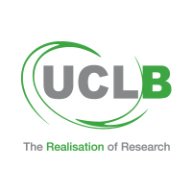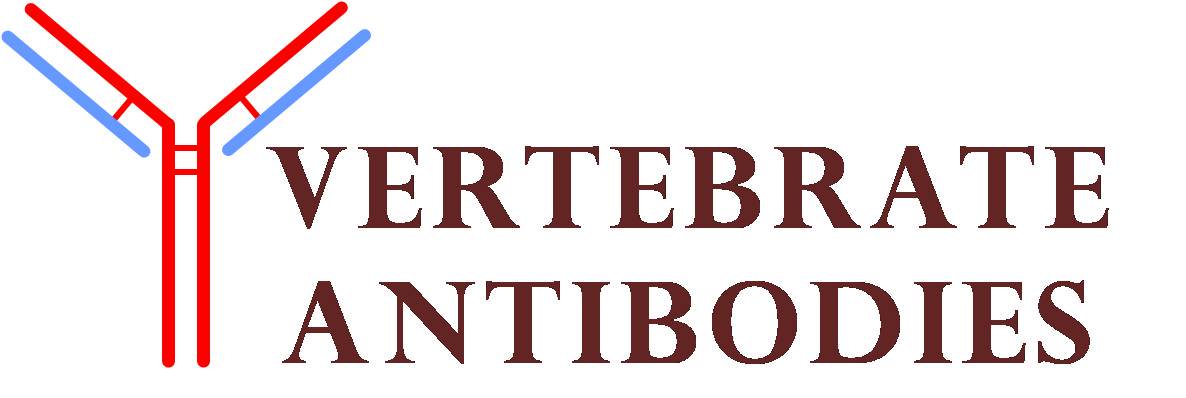|

|
Anti-c-Met, clone 12.1
Applications: IHC IF IP WB
Publications: PMID: 23859937
Clone 12.1 is specific for c-Met, a tyrosine receptor kinase which is activated by its ligand, hepatocyte growth factor. Activation of c-Met leads to a number of biological activities including motility, angiogenesis, morphogenesis, cell survival and cell regeneration. c-Met is abnormally activated in many tumour types.
|
|

|
Anti-HHV-8 LNA-1, clone LN53
Applications: ELISA FACS IHC IP WB
Publications (PMIDs): 15700034, 11577129, 11477117, 10233979, 10200299
This antibody reacts with latent nuclear antigen (LNA-1) of human herpesvirus-8 (HHV-8). HHV-8 has been found to be associated with three different diseases observed in AIDS patients; Kaposi's sarcoma, primary effusion lymphoma (which is a rare type of non-Hodgkin lymphoma affecting the body cavities) and multicentric Castleman's disease. LNA-1 is recognized by most infected patient sera and is the basis of current immunofluorescence assays used in epidemiological studies of HHV-8 infection.
|
|

|
Anti-Cytochrome P450 39A1, clone M30P6D6
Applications: ELISA IHC WB
Publications (PMIDs):None
CYP39A1 (cytochrome P450, family 39, subfamily A, polypeptide 1), also known as 24- hydroxycholesterol 7-α-hydroxylase localises to both the microsome and the endoplasmic reticulum. Using heme groups as cofactors, CYP39A1 is involved in the bile acid metabolism and is specifically expressed in liver.
|
|

|
Anti-Cytochrome P450 26A1, clone F27P6A1
Applications: ELISA IHC WB
Publications (PMIDs): 24608339, 16243809, 15897573
Mutations in CYP26A1 are associated with caudal agenesis and spina bifida. CYP26A1 is upregulated in adenomatous polyposis coli mouse adenomas, human FAP adenomas, human sporadic colon carcinomas, and in the intestine of adenomatous polyposis coli (apcmcr) mutant zebrafish embryo.
|
|

|
Anti-RYK, clone F35P7D7F5
Applications: WB
Publications (PMID):None
Clone F35P7D7F5 reacts with RYK receptor-like tyrosine kinase. RYK may be a co-receptor of Wnt proteins such as WNT1, WNT3, WNT3A and WNT5A. RYK is involved in neuron differentiation, axon guidance, corpus callosum establishment and neurite outgrowth.
|
|

|
Anti-hAPC, clone C-APC 28.9
Applications: IHC IF IP WB
Publications (PMIDs): 15951972, 11283620
Clone c-APC 28.9 is specific for the adenomatous polyposis coli tumor suppressor gene, mutated in the inherited disease, familial adenomatous polyposis (FAP), and over 80% of colorectal cancers.
|
|

|
Anti-TACE, clone D1 (A12)
Applications: N
Publications (PMIDs): 26010411, 23348744, 22792380, 21415364
TACE/ADAM17/CD156b is capable of cleaving epidermal growth factor receptor (EGFR) ligands, extracellular Notch1, cell-surface receptors, and adhesion molecules. TACE has emerged as an attractive therapeutic target for the treatment of cancer and rheumatoid arthritis. Clone D1 (A12) was originally developed as a recombinant antibody and selected for its unique agonistic properties. Subsequently re-engineered with a human IgG backbone this “cross-domain” antibody provides a unique alternative to small molecule metalloprotease inhibition.
|
|

|
Anti-TDP43, clone DB9
Applications: ELISA IHC WB
Publications (PMID): Likely summer 2015
Clone DB9 reacts with neuroscience target TAR DNA-binding protein 43 (TDP43). TDP43 belongs to the hnRNP protein family and plays an important role in transcription, pre-mRNA splicing, mRNA stability and mRNA transport. Mutations in TDP43 have been associated with amyotrophic lateral sclerosis, frontotemporal dementia, Parkinson's disease and Alzheimer's disease.
|
|

|
Anti-CLEC2, clone AYP1
Applications: FACS FITC IF IP N WB
Publications (PMIDs): 25150298
Clone AYP1 is specific for CLEC2, a target shown to be raised in platelet-derived microparticles from patients with rheumatoid arthritis. CLEC2 can be used to screen for platelet activation in a wide variety of cardiovascular and inflammatory diseases.
|
|

|
Anti-CLEC2, clone AYP2
Applications: WB
Publications (PMIDs): 25150298
Clone AYP2 is specific for CLEC2, a target shown to be raised in platelet-derived microparticles from patients with rheumatoid arthritis. CLEC2 can be used to screen for platelet activation in a wide variety of cardiovascular and inflammatory diseases.
|










